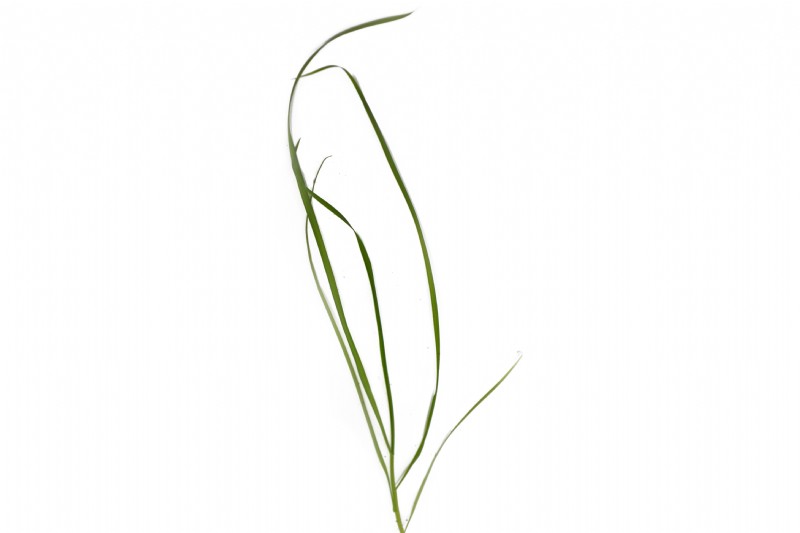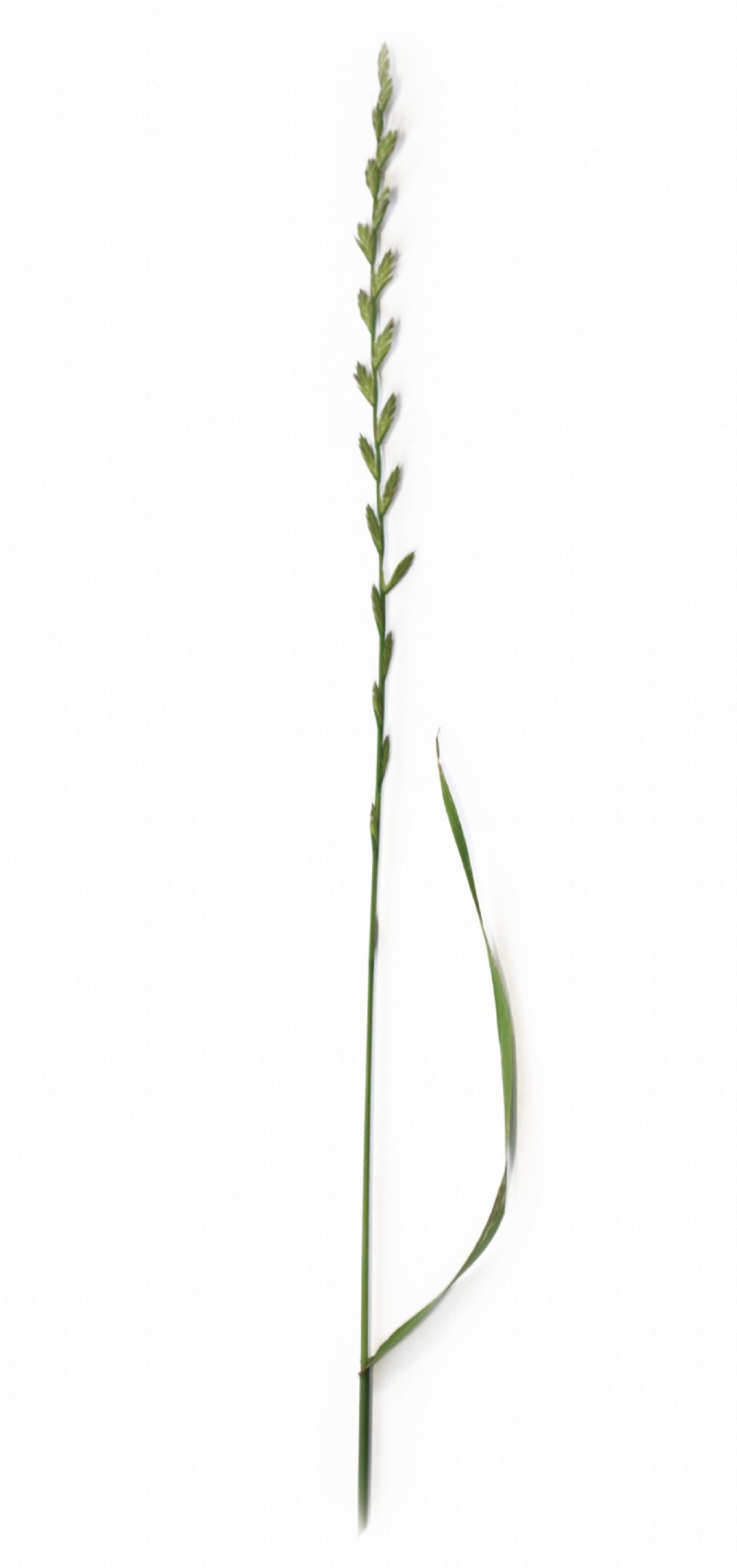Italian Ryegrass
This is a short lived grass lasting for two years. It is very high yielding and reliably provides up to 18t DM per hectare on soils that suit it. (All ryegrasses yield less on light soils, especially in low rainfall areas.) It has a very open growth habit with fewer tillers than other grasses. It is therefore better suited to cutting than grazing. Italian ryegrass has been the subject of plant breeding for many years, which means there are a wide range of varieties available commercially.
Uses
Used for silage, haylage and high quality, stemmy hay crops.
Persistence
This is a short term species, Italian ryegrass has a shorter persistence than perennial ryegrass, generally only lasting up to 2 years, depending on conditions. Persistence can be reduced by drought.
Strengths
Italian ryegrass is very high yielding, and responds well to artificial fertiliser applications. It is better suited to cutting than grazing as it has a very upright, open growth habit with fewer tillers than other grasses.
Frost Tolerance
Italian ryegrass will grow through the winter, but frost tolerance is improved if surplus growth is removed in the autumn.
Yield
Yields can be as high as 18t DM/ha.
Sowing Rate Advice
14kg per acre / 35kg per ha.
The plants have an upright growth habit, with less tillers than other species, using a robust sowing rate is needed to create a dense crop.
Ideal Sowing Time
Ideal times are late March to September when there is adequate moisture for establishment. Sowing in the autumn will provide a full crop the following spring. Spring sowings can produce a lower yielding leafier crop, especially difficult for hay making.
Management
Cutting for silage will depend on the heading date of the plant, each ryegrass species is different in terms of its maturity. Generally Italian ryegrass will head around the 3rd week of May. As the plant starts to mature and develop a seed head the quality of the forage ( D-value) will decline. A D-value between 67-70 will provide good quality forage, which equates approximately to 25-50% ear emergence. When the plant is cut will depend on the type of stock the forage is to be fed to. Italian ryegrass normally provides 3 cuts on good ground and aftermath grazing. Grazing the sward in mid to late autumn is important because it stops the crop going into the colder winter temperatures in a upright leafy state, where it can be affected by hard frosts. Grazing also allows the base of the sward to be cleaned out by the livestock and fresh growth encouraged early next spring. Italian ryegrass is susceptible to a number of pests and diseases, including mildew and ryegrass mosaic virus. Modern varieties have good disease resistance score, which can be found on the recommended list.
Distinguishing characteristics
Seed
The Italian ryegrass seed is one of the larger ryegrass seeds. It is long and thin, with a pale green to beige colour and a papery surface. It varies from 5 - 6mm in length.
Flowering Plant
It forms pale green, upright tufts.
Leaves are finely pointed, green and hairless, with younger leaves rolled, rather than folded in the bud (unlike PRG). The underside of the leaves are smooth and glossy, while the upper side can be minutely rough.
The ligule is normally 1-2 mm length and membranous.
Notably the spikelets are awned, unlike PRG. Each spikelets is stalkless, with alternate rows either side of the axis.
This is a shallow rooting species.
This upright species can reach 30 - 100 cm in height, especially on fertile, moisture retentive ground.
Additional Info
Flowers May - September Average seeds per kg - 500,000. (diploid) - Average seeds per kg - 250,000 (tet). Ryegrass species can be broken down into tetraploid and diploid versions. Modern plant breeding has produced tetraploid ryegrass varieties. With double the number of chromosomes of the standard diploid varieties, they have different characteristics. Tetraploid ryegrasses are highly palatable which leads to higher voluntary intakes and so are of great value in seeds mixtures. However, they tiller less than diploids and this means that they do not cover so much ground, leaving more soil showing. Italian ryegrass generally heads during the 2nd or 3rd week of May.
Works well with
Italian ryegrass is one of the most rapidly growing grasses and is commonly grown in mixes with the aggressive red clover or vetch.You can find Italian Ryegrass in the following mixtures
- Maximum-Yield Two Year Silage Ley
- Hard Horse Hay - Two Year Ley
- Hard Horse Hay - Two Year Ley 70% ORGANIC
- ‘Short Term’ Red Clover Ley One-Two Year Mixture
- Red Clover Ley Four Year Mixture 70% ORGANIC
- Ryegrass Over-Seeding Short Term 2-3 Years
- Pig Rooting Mix Short Term 1-2 Years
- Pig Rooting Short Term 1-2 Years 70% ORGANIC
- Summer Green Manure - Early Sown N Fixer
- Ryegrass Over-Seeding Short Term 2-3 Years 70% ORGANIC
- Summer Green Manure - Early Sown N Fixer - 70% Organic
- Winter Cover Crop - Late Sown Winter Cover - 70% ORGANIC






